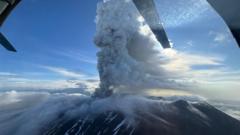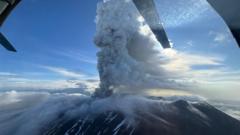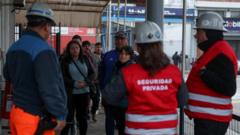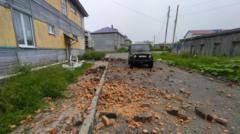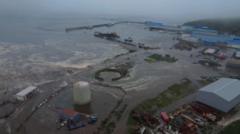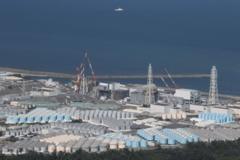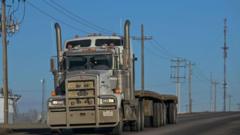As seismic events like the recent 7.7-magnitude earthquake in Myanmar remind us of the dangers posed by earthquakes, it is crucial for travelers to popular destinations to take safety precautions. This article provides essential tips for effectively preparing for and responding to earthquakes while traveling.
Essential Safety Tips for Travelers in Earthquake-Prone Regions

Essential Safety Tips for Travelers in Earthquake-Prone Regions
With recent seismic activity raising concerns, here's how to stay safe when vacationing in earthquake zones.
In recent weeks, the world witnessed the devastating aftermath of a 7.7-magnitude earthquake that struck central Myanmar on March 28, resulting in the loss of at least 3,500 lives. The powerful quake not only destroyed communities but also caused chaos in distant locations like Bangkok, where high-rise hotels experienced wave-like motions, with water flooding from rooftop pools as the ground shook.
As natural disasters remain unpredictable, travelers flocking to earthquake-prone destinations such as California, Italy, Japan, and Mexico should equip themselves with vital information and tools for safety. Whether you're planning a vacation in areas notorious for seismic activity, it's wise to follow a few guidelines to bolster your safety.
One of the most effective strategies involves leveraging technology. Before embarking on your journey, conduct thorough research regarding the earthquake history of your destination. Determine the local agency that provides information during emergencies and confirm whether there exists an earthquake early-warning system in the vicinity. These systems utilize a network of sensors that analyze seismic events in real-time, providing alerts seconds in advance, enabling people to take precautionary measures.
“Seconds matter,” emphasized Sara McBride, a scientist from the U.S. Geological Survey Earthquake Hazards Program, while discussing the importance of rapid alerts in minimizing injuries during quakes. She illustrated this point with footage of nurses in a Taiwanese maternity ward rushing to secure newborns when an alert was received during a previous seismic event.
For travelers, certain applications such as SASSLA for Mexico, SafetyTips or NERV for Japan, and MyShake in the United States can deliver push notifications regarding earthquakes directly to your mobile device. Additionally, enrolling in the State Department's Smart Traveler Enrollment Program is a prudent move, as is sharing your travel itinerary with friends or family; it’s wise to have communication lines established in case of an emergency should regular channels be disrupted.
As we navigate through unpredictable seismic terrains, being proactive and informed can profoundly enhance personal safety. By utilizing technology and preparing adequately, travelers can minimize risks while enjoying the beauty and allure of some of the world’s most breathtaking destinations.




